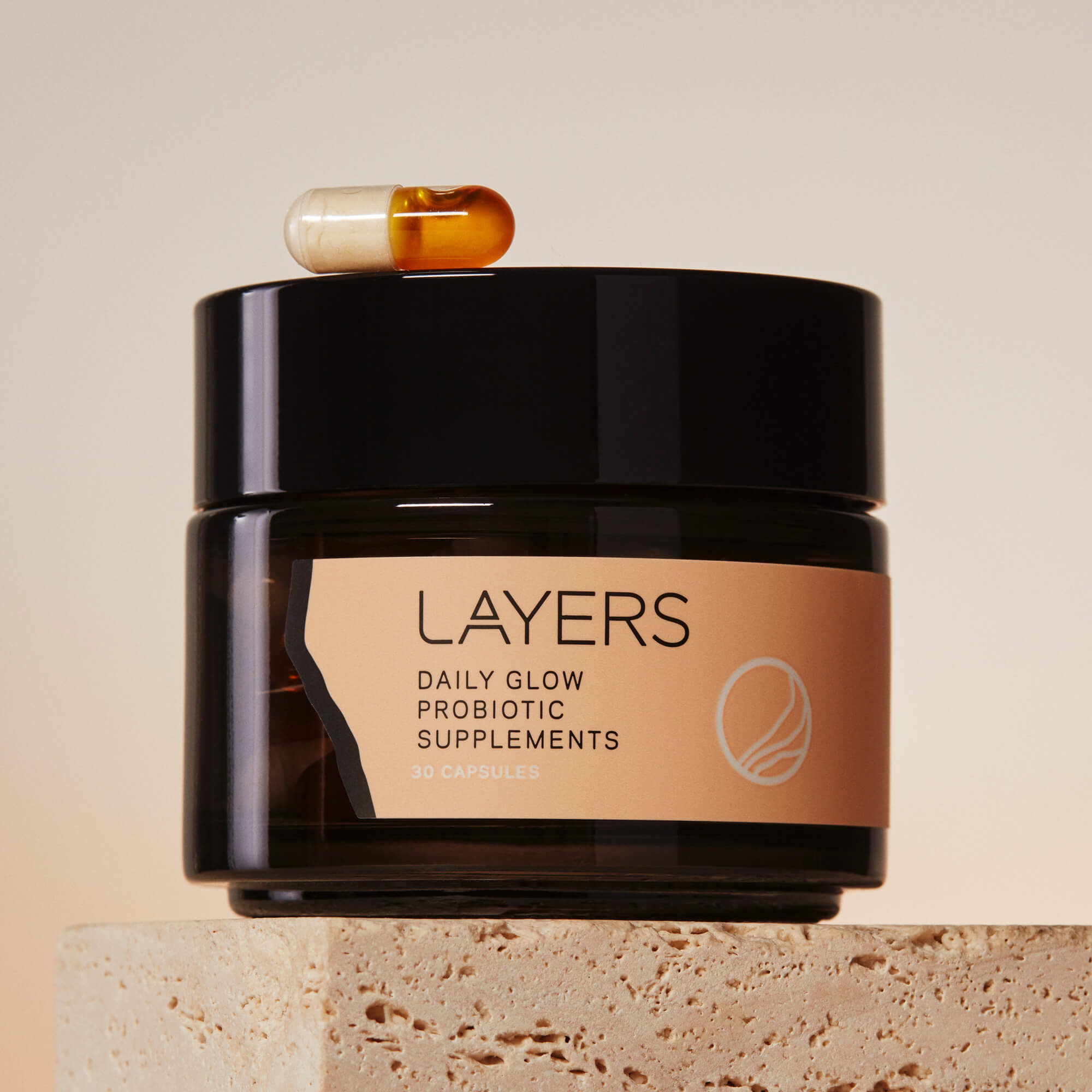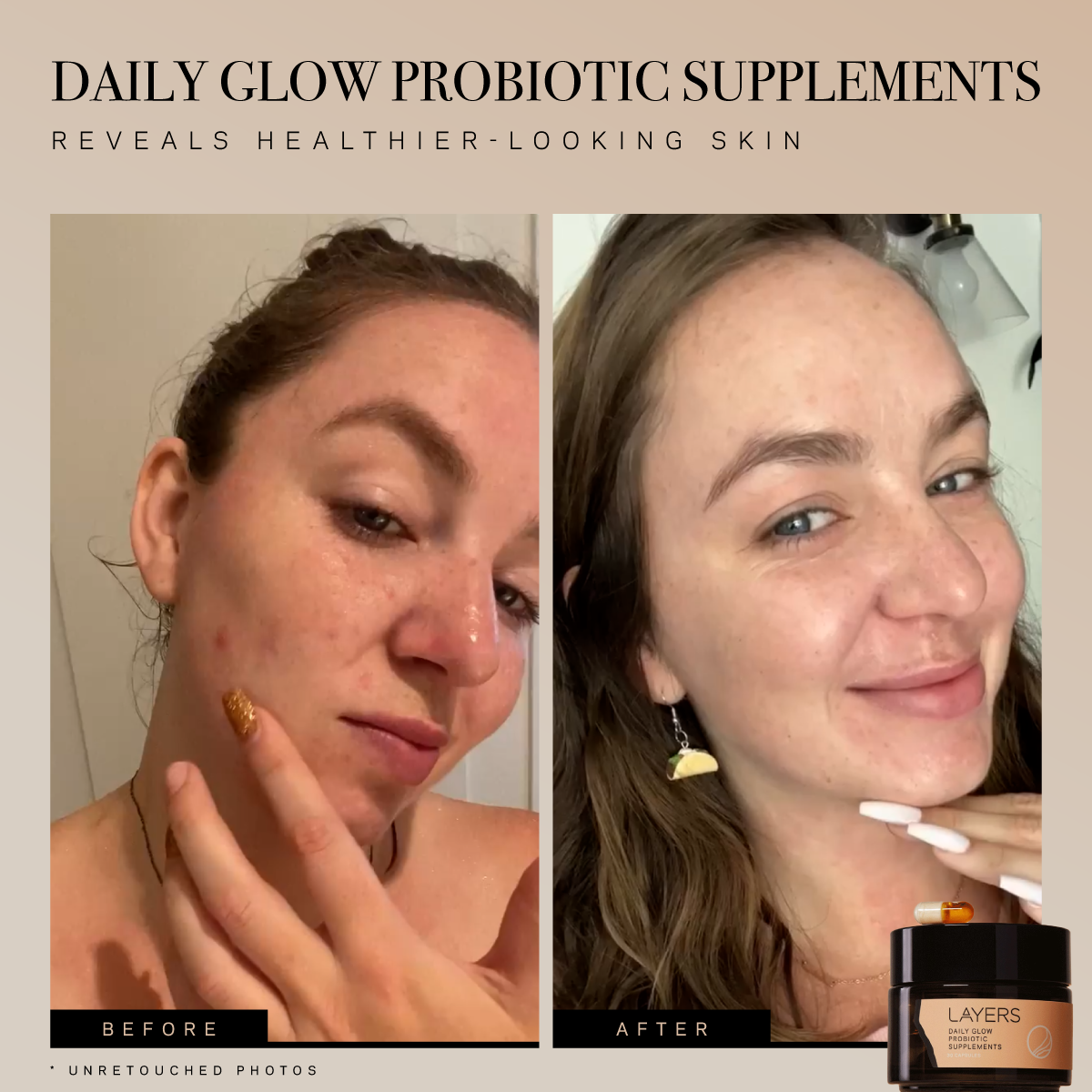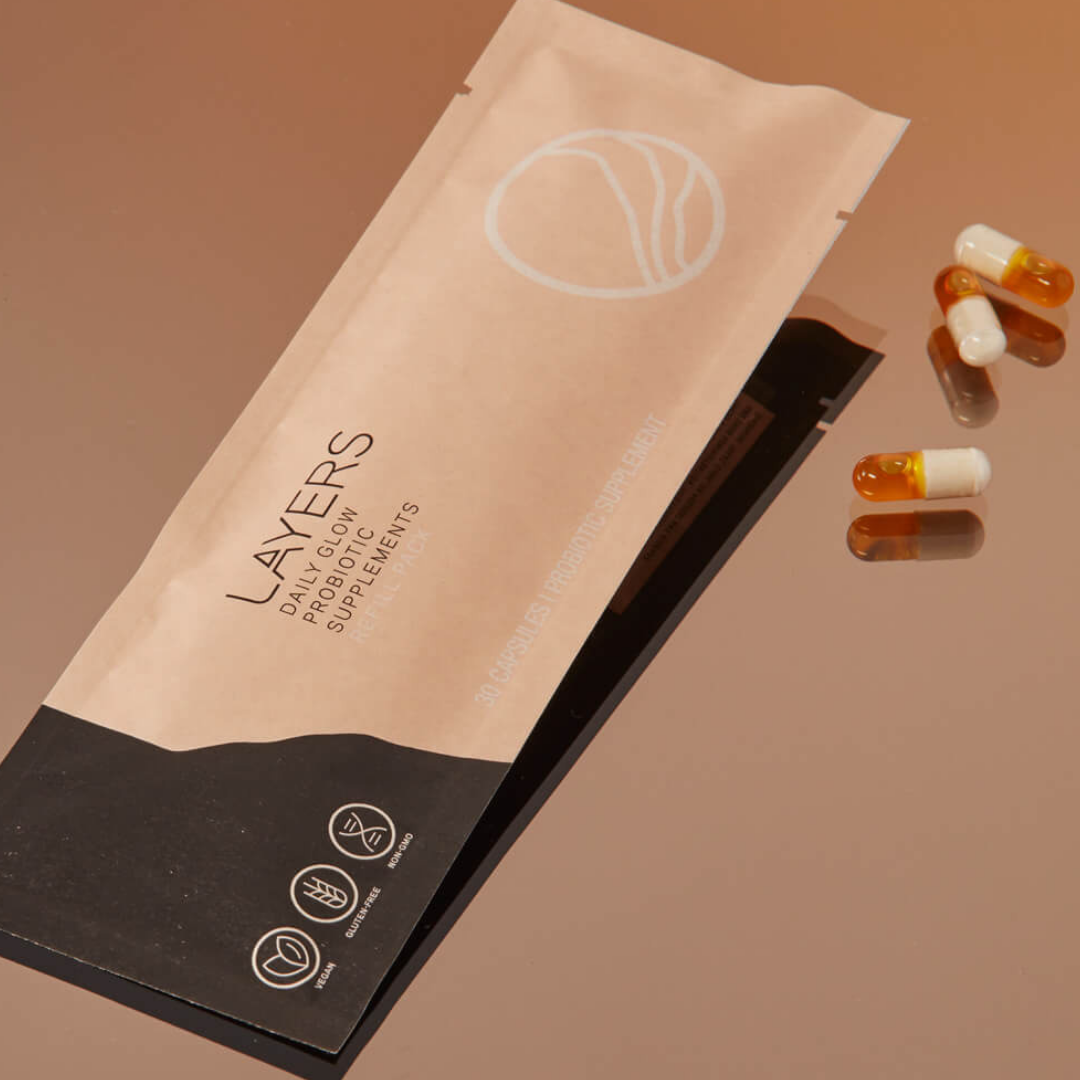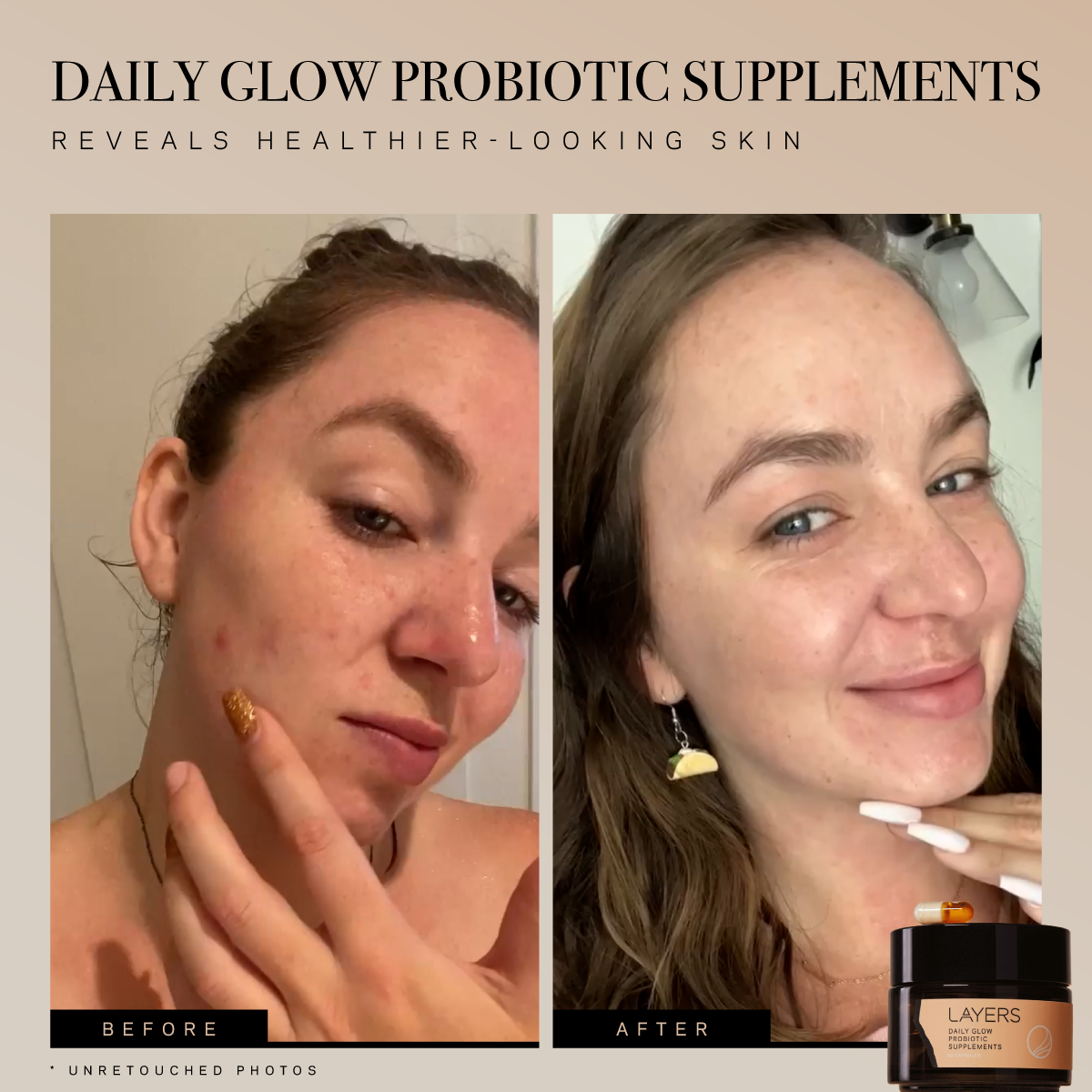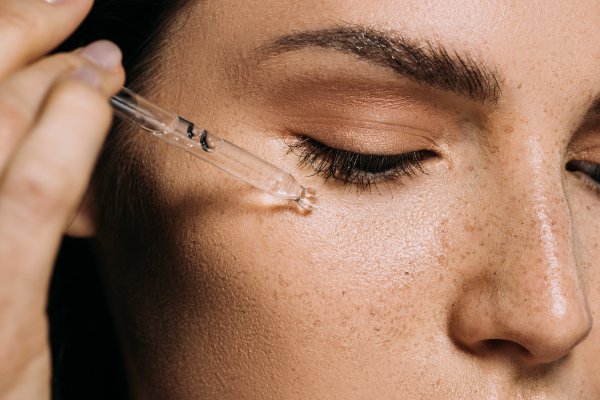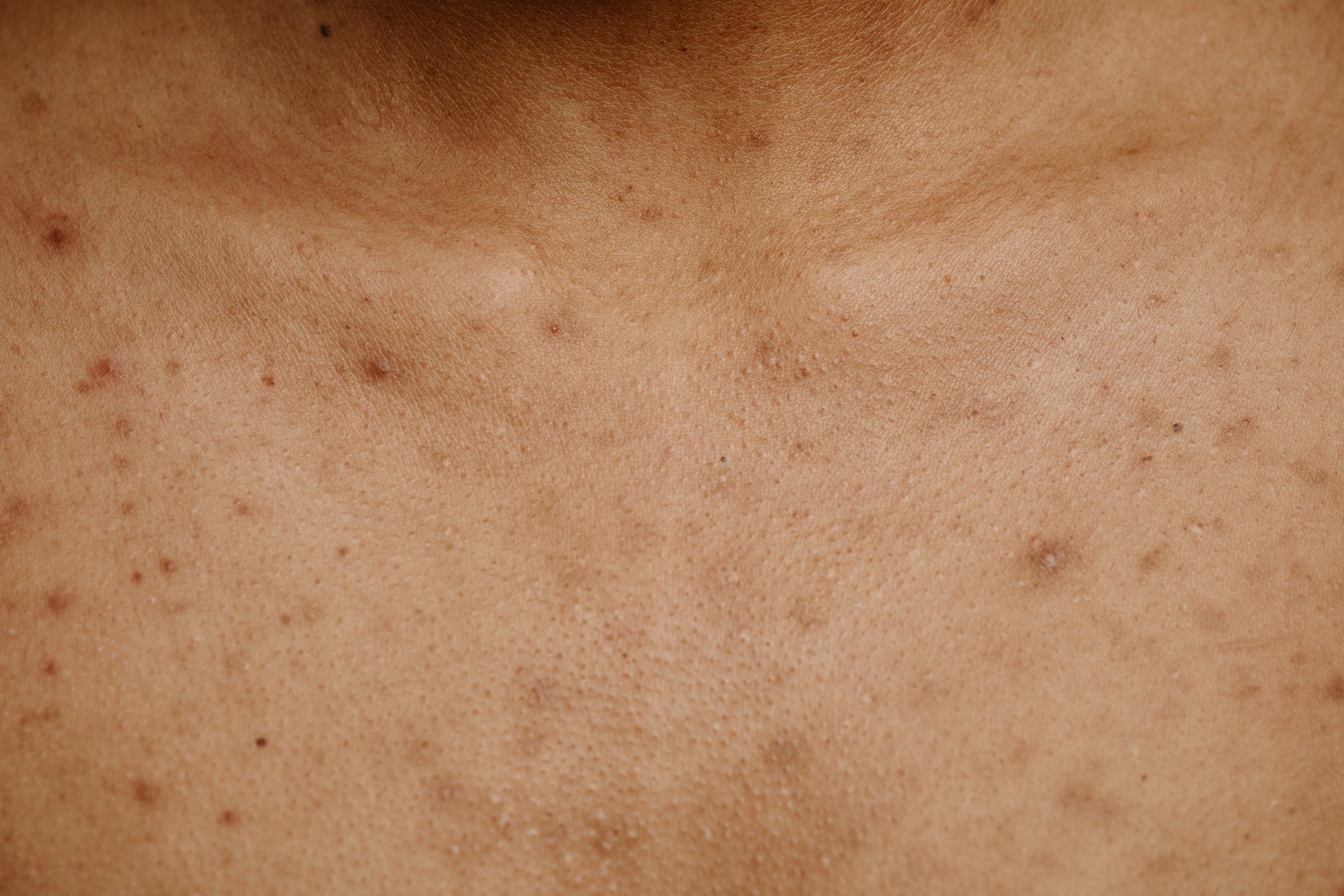When we say “essential”, we’re not saying they’re the next best thing in skincare or letting you in on some new, hot beauty trend. Calling essential fatty acids essential in this case is literal. Your body actually needs these healthy fats to function. And, so does your skin.
Over the past few decades, fats have been subjected to more than their fair share of demonizing. If you’re too young to remember the “fat-free everything” phase that took hold in America in the mid-90s (Snackwell’s, Wow Chips, and The Atkins Diet to name a few), then we’ll spare you the ugly details. The takeaway was the important part: your body needs good fats to function.
WHAT ARE ESSENTIAL FATTY ACIDS?
Your body requires two types of fatty acids to do its job: linoleic acid, an omega-6 fatty acid, and alpha-linolenic acid, an omega-3 fatty acid. These are types of polyunsaturated (plant and animal-derived) fatty acids that your body can’t create on its own. So, when and how it gets them depends on you.
WHAT DO ESSENTIAL FATTY ACIDS DO?
In terms of overall health, essential fatty acids do a few things. First, they create hormones called eicosanoids that are needed to regulate your central nervous system and your immune system. EFA’s containing omega-3 fatty acids promote a healthy heart, while EFA’s with omega-6 fatty acids stimulate skin and hair growth, maintain bone health, regulate metabolism, and maintain the reproductive system.
Looking outwards at the skin, essential fatty acids are responsible for:
-
Preventing moisture loss
-
Helping keep the surface of the skin smooth
-
Reducing dryness
-
Reducing redness
-
Decreasing the appearance of wrinkles
-
Protecting skin from signs of environmental stress
HOW TO GET ESSENTIAL FATTY ACIDS
If you’re dealing with dry or inflamed skin or a complexion that seems prone to whiteheads and blackheads, you might need to boost your intake of essential fatty acids. You can calm your skin and help it hold onto that precious moisture on two fronts, working from the inside out.
Orally
A diet rich in healthy fats is the best way to ensure you’re getting enough of the recommended EFA’s. These can be found through plant and animal sources like fish, nuts, and seeds.
Plant-based sources of omega-3 essential fatty acids:
-
flaxseed oil
-
chia seeds
-
walnuts
-
flaxseeds
-
walnut oil
-
canola oil
-
soybean oil
-
mustard oil
-
tofu
Animal-based sources of omega-3 essential fatty acids:
-
mackerel
-
salmon
-
herring
-
fish oil
-
tuna
-
anchovies
-
sardines
-
sea bass
-
Swordfish
Sources of omega-6 fatty acids:
-
canola oil
-
soybean oil
-
corn oil
-
sunflower oil
-
safflower oil
-
chia seeds
-
walnuts
-
hazelnuts
-
almonds
-
Brazil nuts
BOOST BENEFITS WITH CERAMIDES
You can also supplement the benefits of essential fatty acids with ceramides. Ceramides are a critical building block of the skin making up 50% of the skin's epidermis. They play a key role in keeping skin firm, protected, and moisturized. Abundant in youthful skin, our ceramide levels drop as we age. By adding an oral boost of ceramides with our once-a-day Daily Glow Probiotic Supplements, you’re teaching the skin how to restore and renew itself on a daily basis, increasing the presence of this youthful skin ally.
Topically
Applying essential fatty acids topically is done in the form of oils, which most often are plant-based. Face oils and serums can be applied in lieu of moisturizer, or for drier skin, you can apply them before you lock it all in with moisturizer. Even though you’re applying an oil, facial oils have a lower molecular weight than more occlusive moisturizers, so they should go on as your next to last step if you’re also using moisturizer.
Topical fatty acids have been shown to improve skin elasticity and even heal skin ulcers. They also have anti-inflammatory and antibacterial properties that keep skin calm and help with redness. Some of the most popular topical oils and serums on the market contain sunflower, safflower, evening primrose, rose-hip seed, or flaxseed oils. But for our money, all of the praise goes to another natural powerhouse: Meadowfoam seed oil.
Thanks to an abundance of long-chain fatty acids, this non-comedogenic oil is super emollient, leaving your skin feeling hydrated without feeling greasy. It reduces the appearance of redness in your complexion and boasts high levels of Vitamin E, giving it some real antioxidant superpowers. You can find Meadowfoam oil in our Renewing Probiotic Serum.
PRO TIPS FOR USING TOPICAL EFA’S
-
Check your oil: Know whether or not the oil you’re applying topically is comedogenic or not. You want to use non-comedogenic, meaning that it won’t clog your pores. If you have acne-prone skin, heed some caution when it comes to topical application to be sure it won’t further irritate your sensitized skin.
-
Perform a skin allergy test a few days before topical use. It’s always good to use a little dab on your wrist or neck to make sure your skin won’t react when you apply it to your face.
Making sure you’re getting enough essential fatty acids in your diet is the first step toward building a healthier, better-functioning microbiome. Maximizing the good skin benefits with the help of ceramides and topical oils is the icing on the cake. So if you’re ready for brighter, healthier-feeling skin with a youthful glow, make sure you’re eating right, exercising regularly, and making essential fatty acids work for you by incorporating them into your daily skincare regimen.

